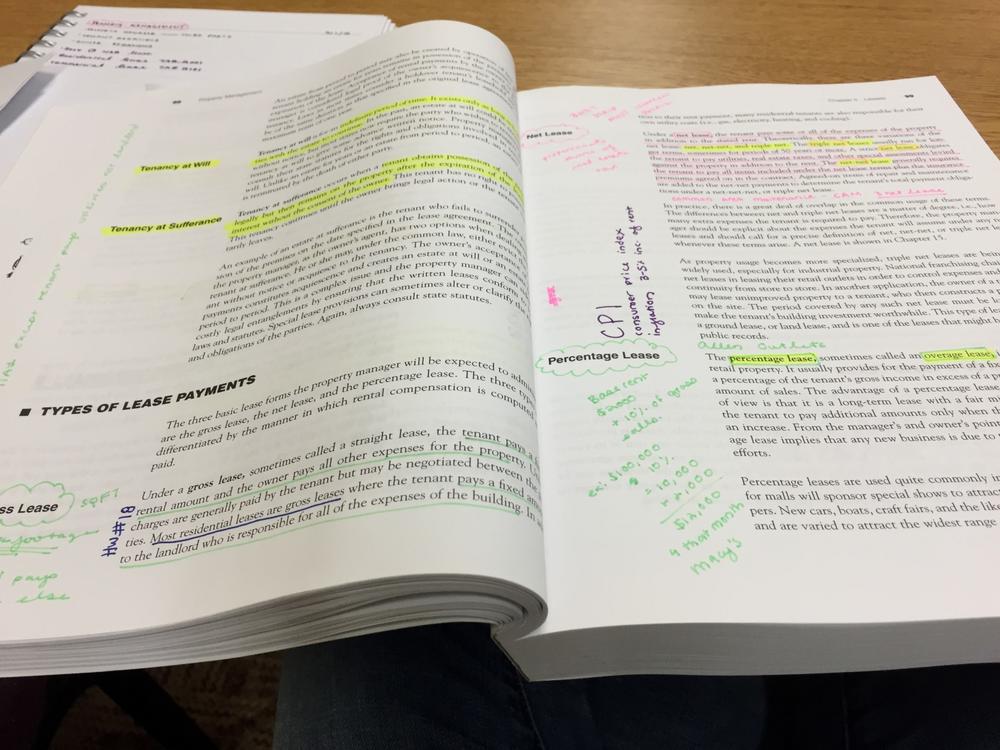
Section Branding
Header Content
Operation: Annotation
Primary Content

A common tradition on Thanksgiving, however strange it may seem, is to settle into the couch as the turkey begins to take its toll and relax to the dramatic telling of The Godfather. The novel-turned-epic-classic contains some of the most famous lines and moments in film history. And just recently Francis Ford Coppola, the director, released an entire book filled with his notes as he was making the movie. That’s right. Even the director of The Godfather engaged in annotation. As several news agencies have reported, Coppola pasted sections of the novel onto larger pages and wrote notes about the corresponding movie scenes and how best to illustrate the themes contained therein.
So if it was good enough for him, it must be good enough for our students, right? Carol Porter-O’Connell’s article “Beyond the Yellow Highlighter” gets to the heart of this trending issue in education today. Many a teacher will remember getting texts at the college bookstore filled with colorful lines made by the previous owner (or renter as the case may have been). A recent study has concluded that techniques like simply highlighting and underlining parts of a text are surprisingly ineffective in promoting greater student understanding. Time magazine's review of the research suggests “that highlighting can [even] get in the way of learning; because it draws attention to individual facts, [and thus] it may hamper the process of making connections and drawing inferences.”
In a world deluged with data and information, a myriad of media and calls for a student’s attention, the ability of learners to sift through all the white noise and make meaningful connections from the piles of content surrounding them is ever more necessary. Not a new idea to be sure, annotation has come back to the forefront on the heels of the “close” read and in concert with an increasing focus on critical thinking. Dubbed marginalia by many, the resources available for better and more useful taking of notes are growing before our eyes. Here are a few ideas to get you moving in the right direction:
- Software like Hypothes.is allows you to take notes anywhere you go on the web and their team has developed 10 tips for helping students get started.
- ReadWriteThink has a great lesson plan for high school with background resources and extended reading to make sense of annotation’s utility.
- The New York Times Learning Network offers simple practice and strategies for the classroom.
- Scholastic has a rubric and guide for elementary and middle school.
- StoryMap is a great way to annotate images like photos or paintings, or other famous images as an interactive experience that you or your students can create.
Already an annotation guru? Let us know your secrets in the comments section! And remember to keep your writing close, but your annotations even closer.





